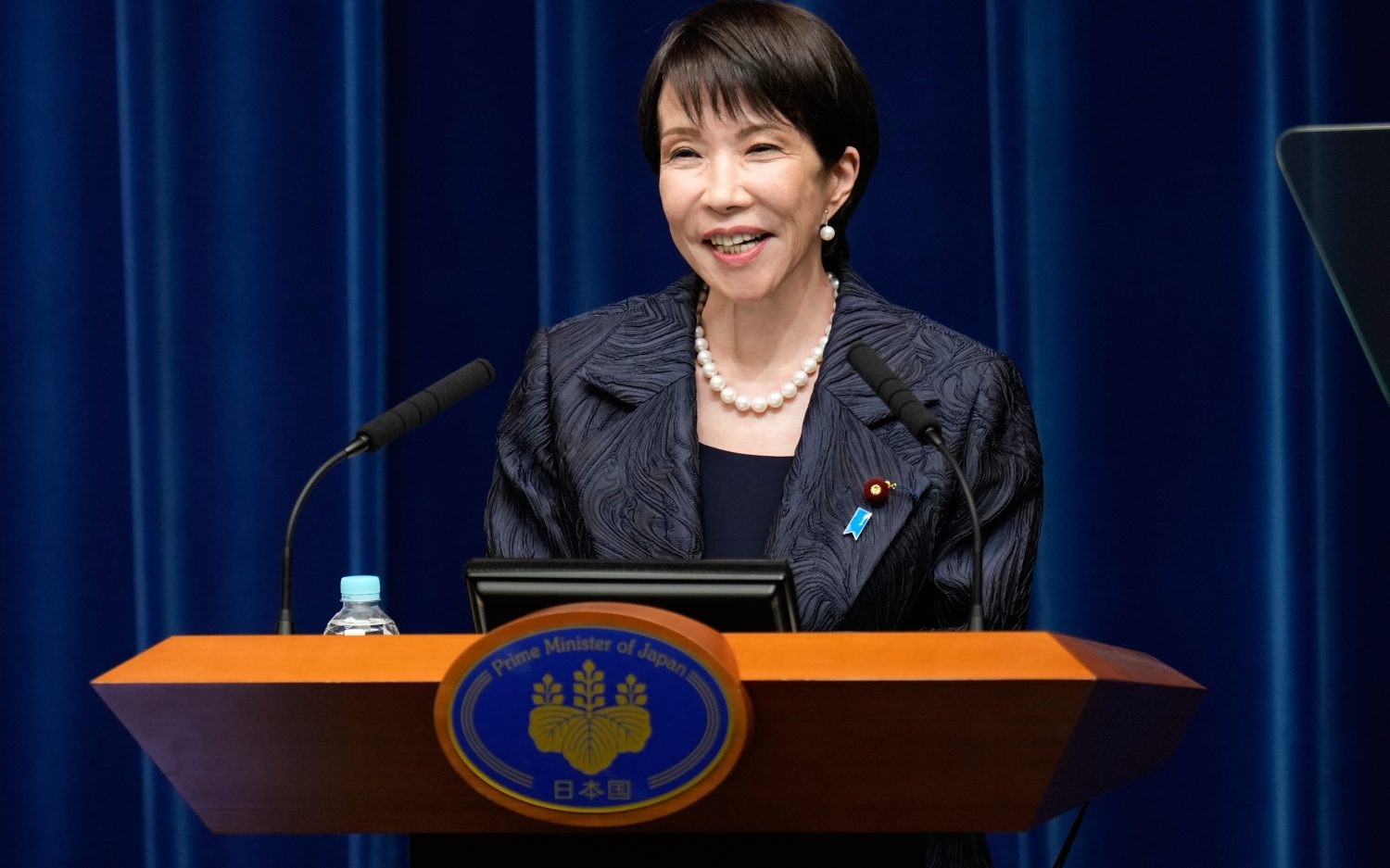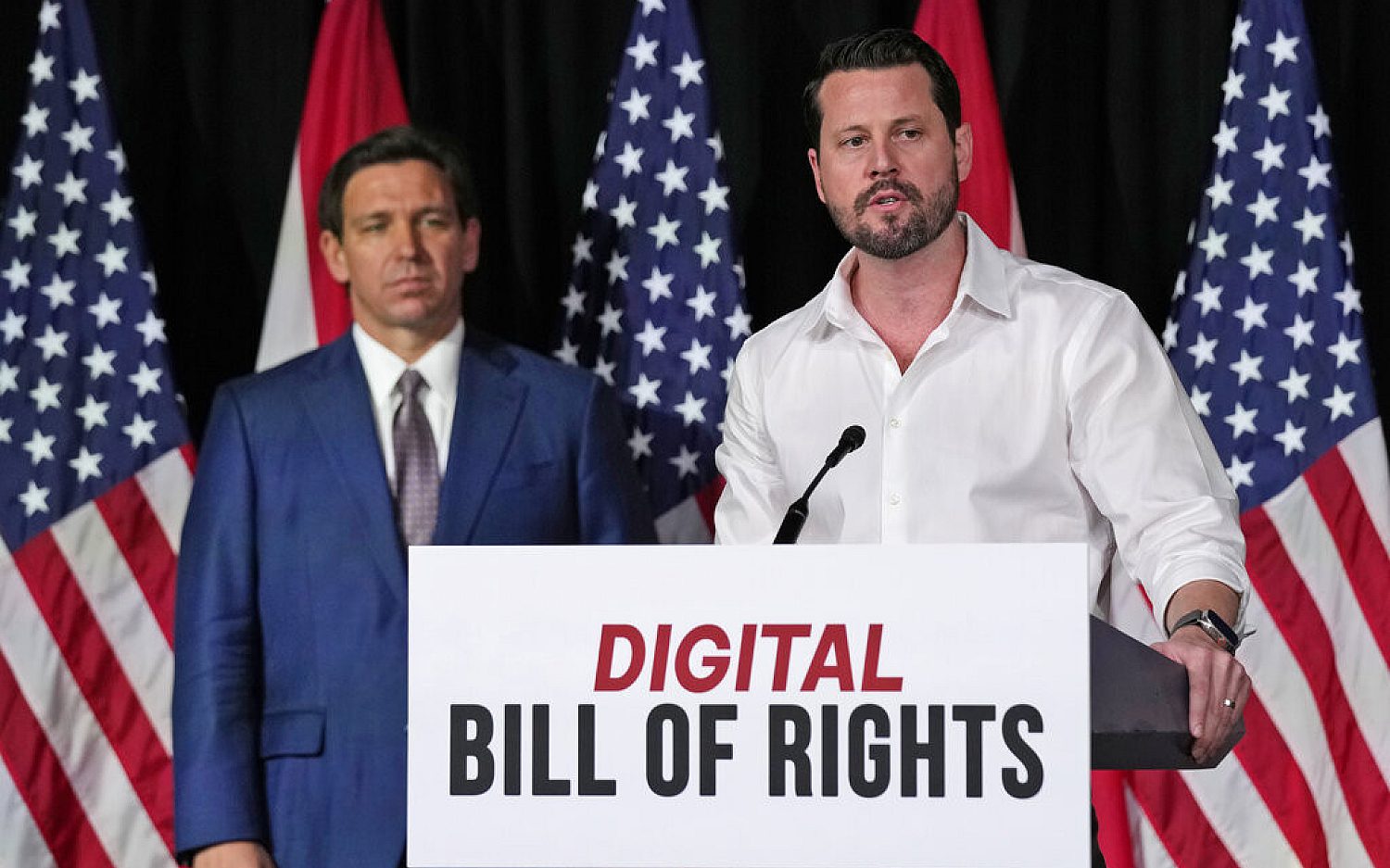What's in an A? Higher ed's struggle with grade inflation
In college, A’s are supposed to stand for excellent, not average. But due to grade inflation, they are becoming commonplace. Princeton University sought to preserve the significance of A’s in 2004 by recommending each department award them to no more than 35 percent of students. But a recommendation from a Princeton faculty committee on grading, released last week, asks the school to remove this policy. University president Christopher L. Eisgruber fully supports the recommendation.
“Such targets are too often misinterpreted as quotas,” states the committee’s report. “They add a large element of stress to students’ lives, making them feel as though they are competing for a limited resource of A grades.”
The committee surveyed over 2,400 Princeton students when considering its decision. “Often even good friends of mine would refuse to explain simple concepts that I might have not understood in class for fear that I would do better than them,” said one survey respondent, quoted in the report. “Classes here often feel like shark tanks.”
Students also worry Princeton’s policy puts them at a disadvantage when applying for jobs or graduate schools, though the report says this is not the case. “[M]any internships have 3.5 or 3.6 GPA cutoffs,” said another student in the survey. “They don’t care what school you go to or that Princeton has grade deflation. Your application isn’t considered if you don’t make the cutoff.”
The school adopted the policy in 2004 to counteract the number of high grades. Between 1974 and 2003, the percentage of A’s at Princeton rose from 29.9 to 47.9 percent, according to the report.
Other Ivy League colleges have seen the same trend. A 2013 report from a Yale University committee on undergraduate grading stated A’s made up 10 percent of those awarded in 1963. By spring 2012, the number of A’s had risen to 62 percent.
The situation is similar at Harvard University. “The most frequently awarded grade in Harvard College is actually a straight A,” said Jay M. Harris, Harvard dean of undergraduate education, according to a December article in The Harvard Crimson.
“It’s passing strange … that professors who’ve devoted their lives to their field should be so quick to find excellence in so many students,” said Harvey Mansfield, Harvard professor since 1962, in an interview with Hoover Institution’s Peter Robinson. Mansfield attributes the grade inflation to ease—professors do it because students, parents, and administrators like it.
It is difficult to attribute higher grades to increased student effort. A 2010 National Bureau of Economic Research paper says full-time students in 1961 spent 40 hours a week on classes and studying while students in 2003 only spent 27 hours per week.
Grade inflation not only prevents true excellence from standing out, but the Yale committee’s report notes it can also mislead students who are trying to discern their gifts and talents.
But according to the Princeton report, Princeton’s method of limiting A’s has not provided a good measure of excellence either. “If effort that truly leads to top-quality work does not result in equivalent grades,” the Princeton report says, “the psychological impact can be a kind of fatalism or at least a heightened level of uncertainly about how well one is doing and whether the reward system is functioning rationally.”
Princeton’s committee proposes each department create clear rubrics for evaluating students’ work instead of using the current grading policy. These rubrics, it believes, would provide consistent standards as well as meaningful feedback.
“I would rather our students be motivated by love of learning than anxiety about grades,” said Princeton chemistry professor Michael Hecht in the report.
An actual newsletter worth subscribing to instead of just a collection of links. —Adam
Sign up to receive The Sift email newsletter each weekday morning for the latest headlines from WORLD’s breaking news team.




Please wait while we load the latest comments...
Comments
Please register, subscribe, or log in to comment on this article.